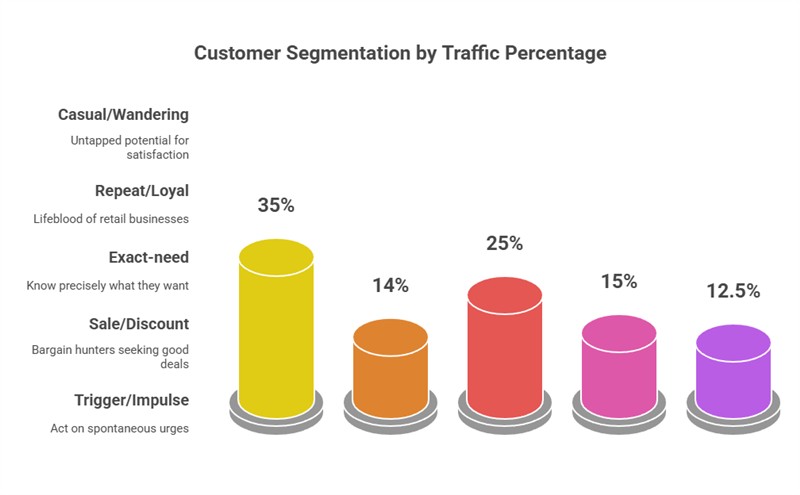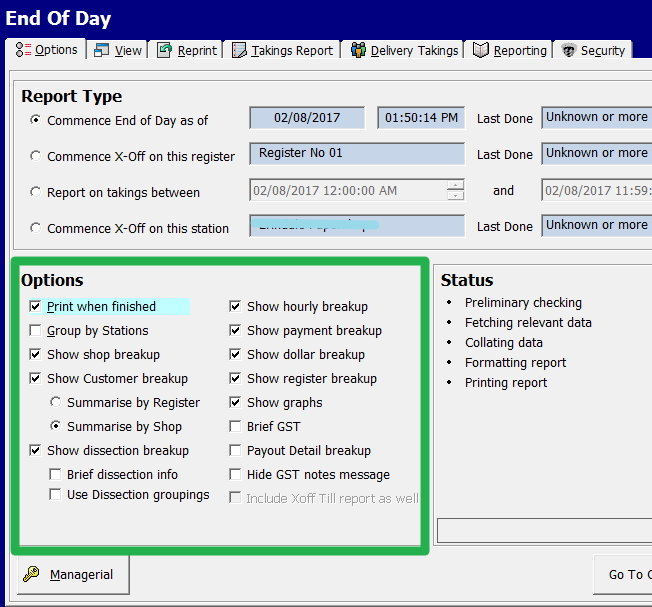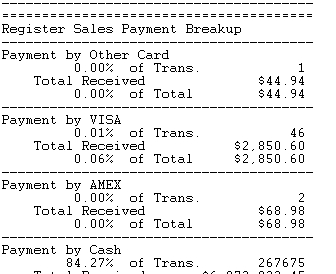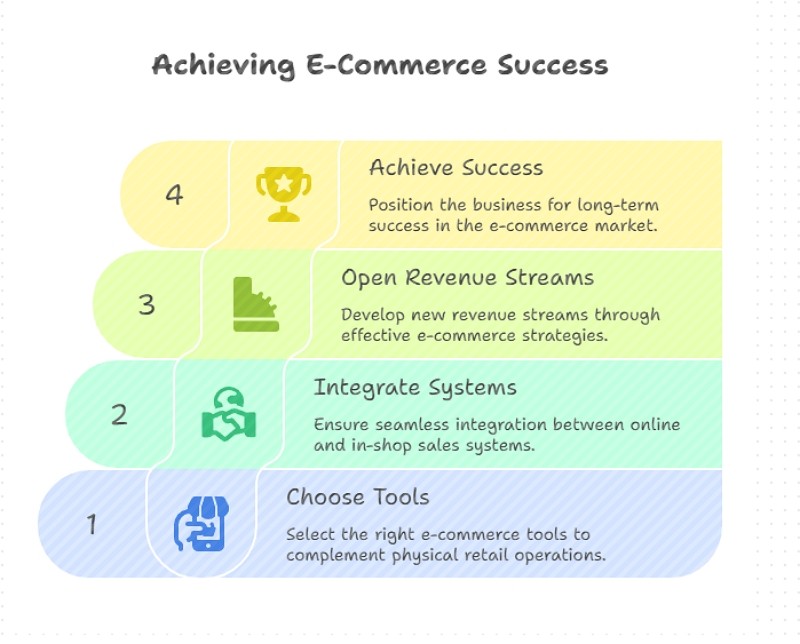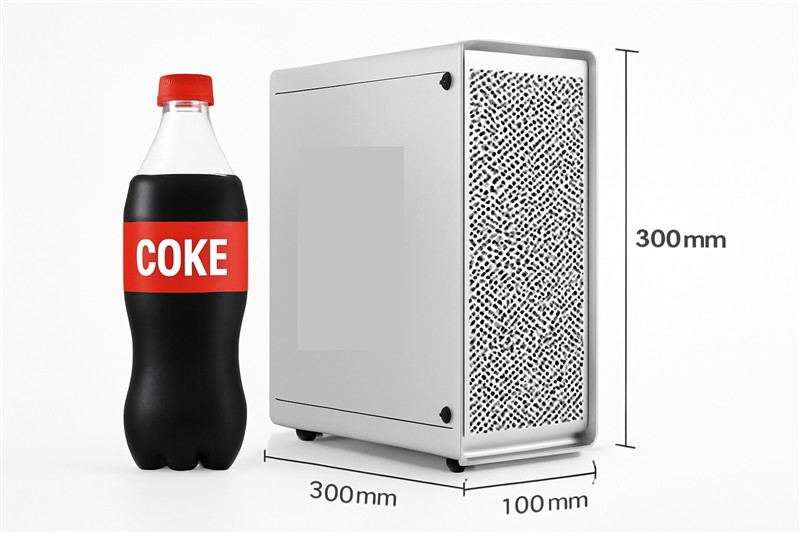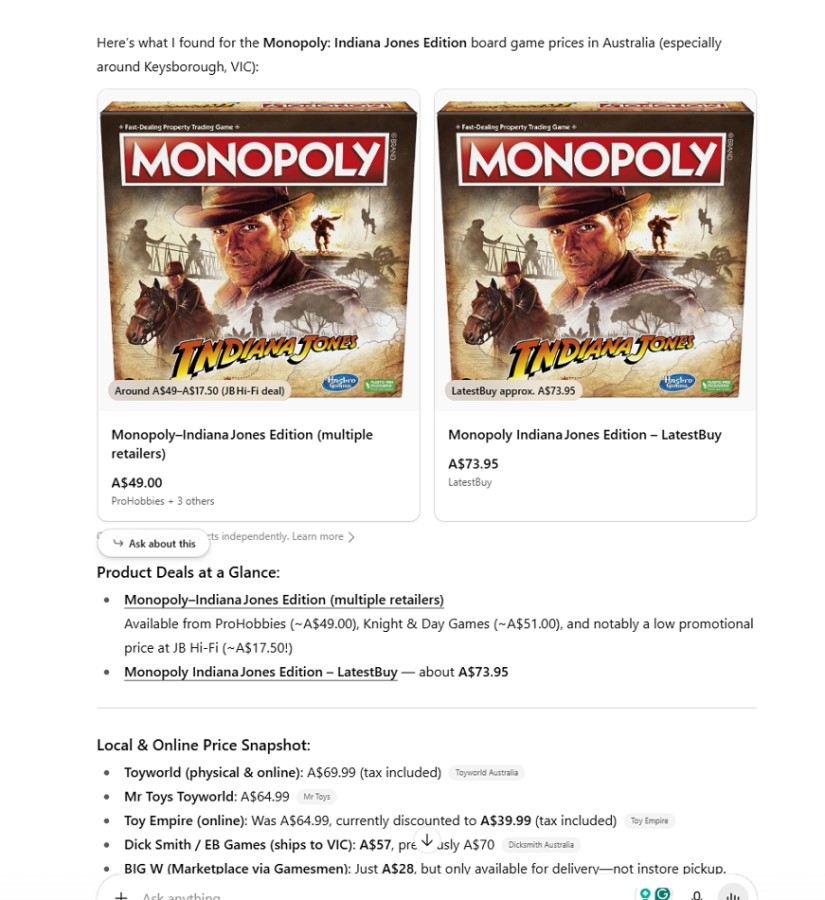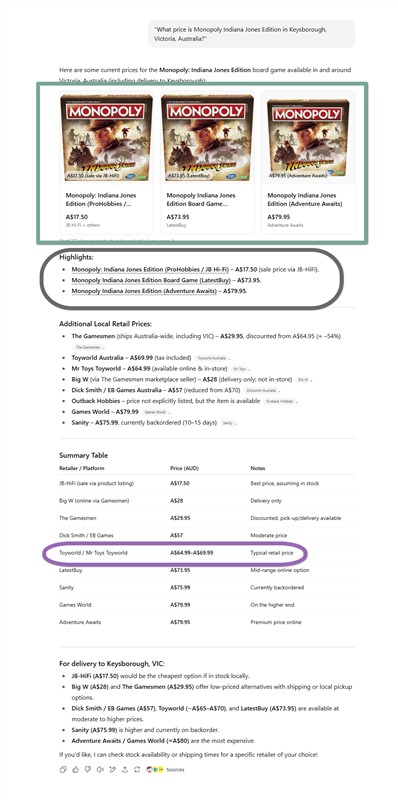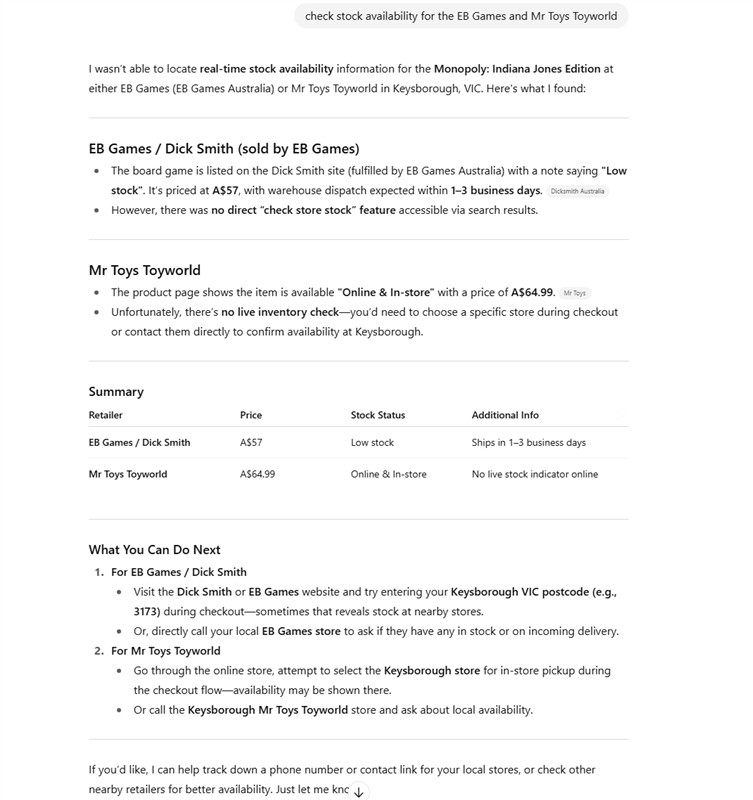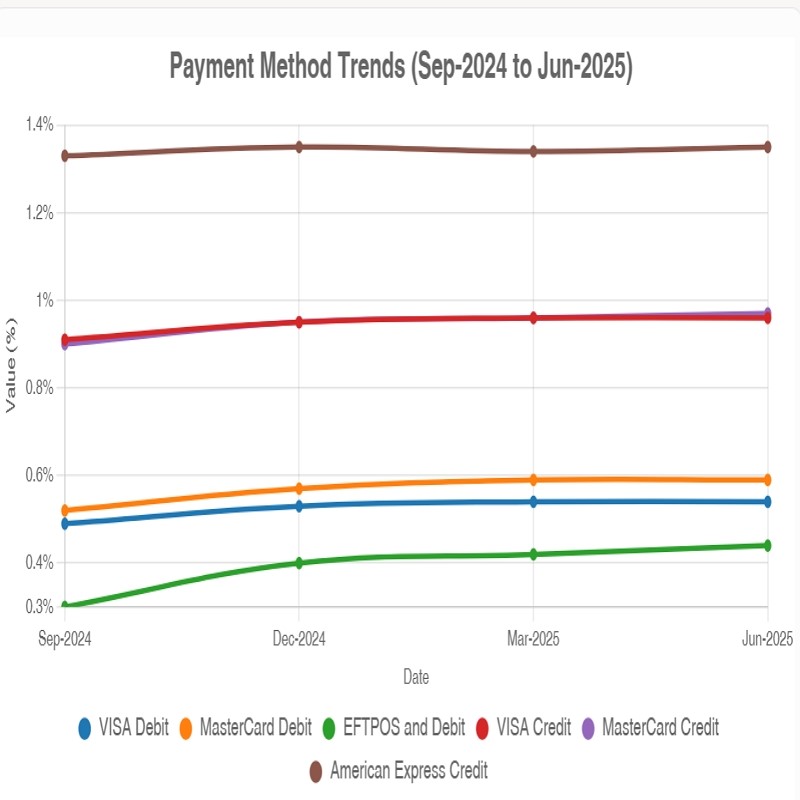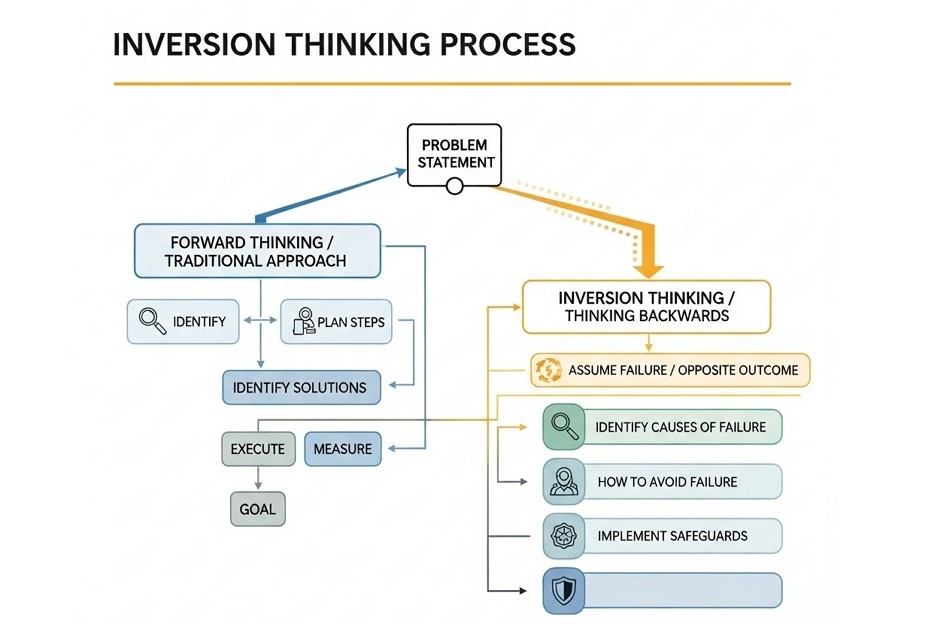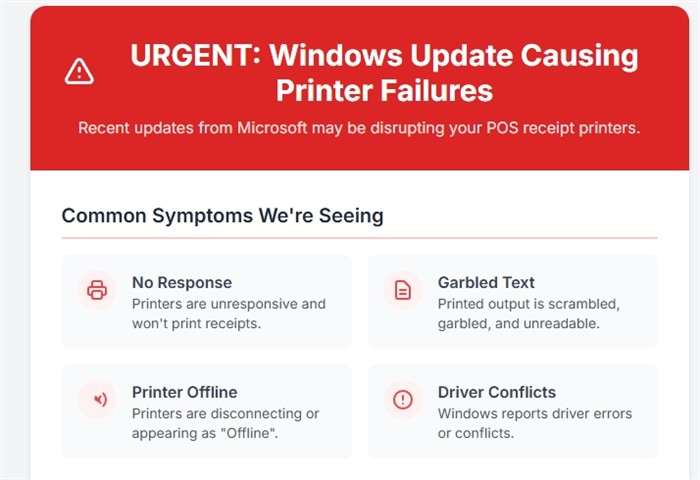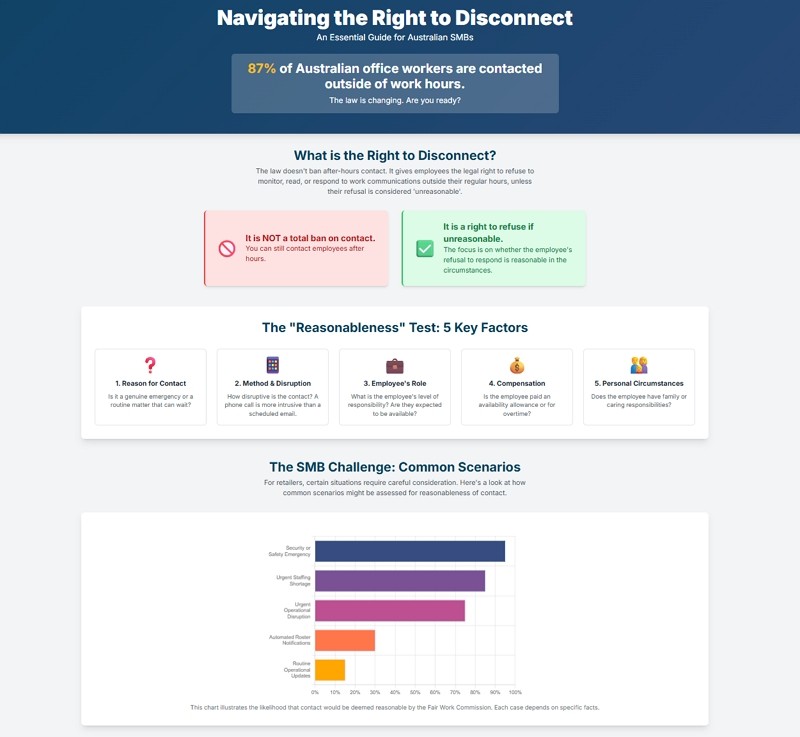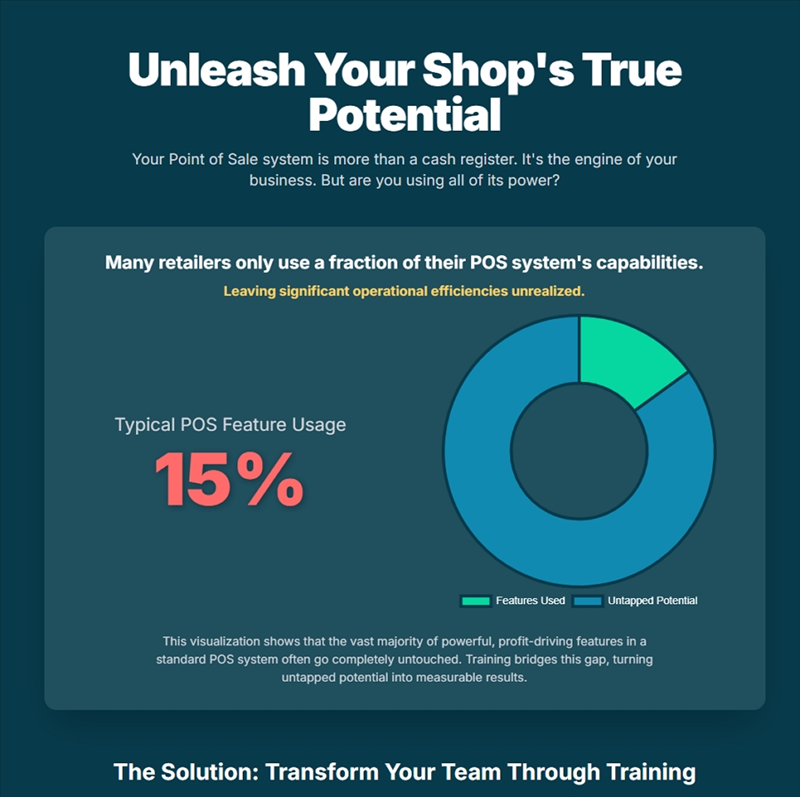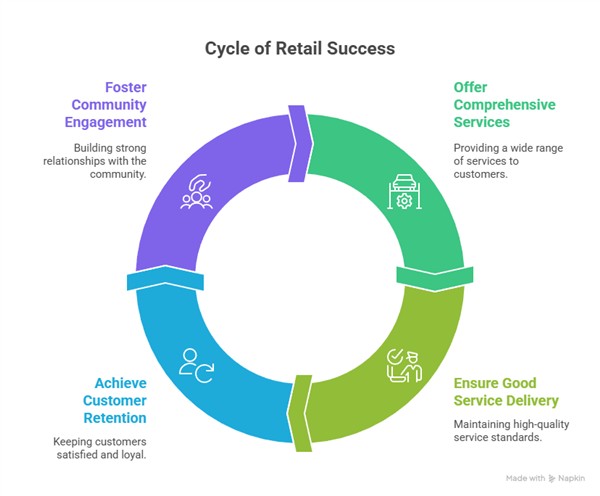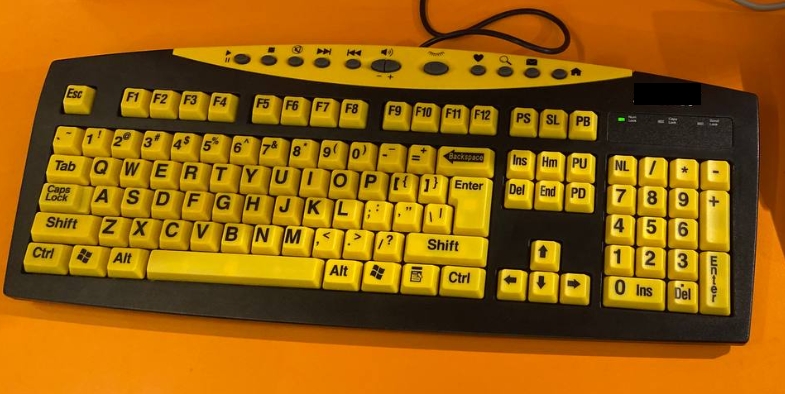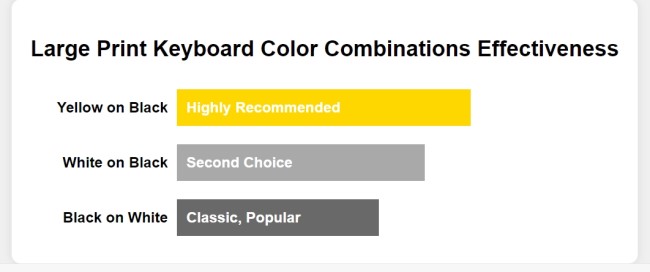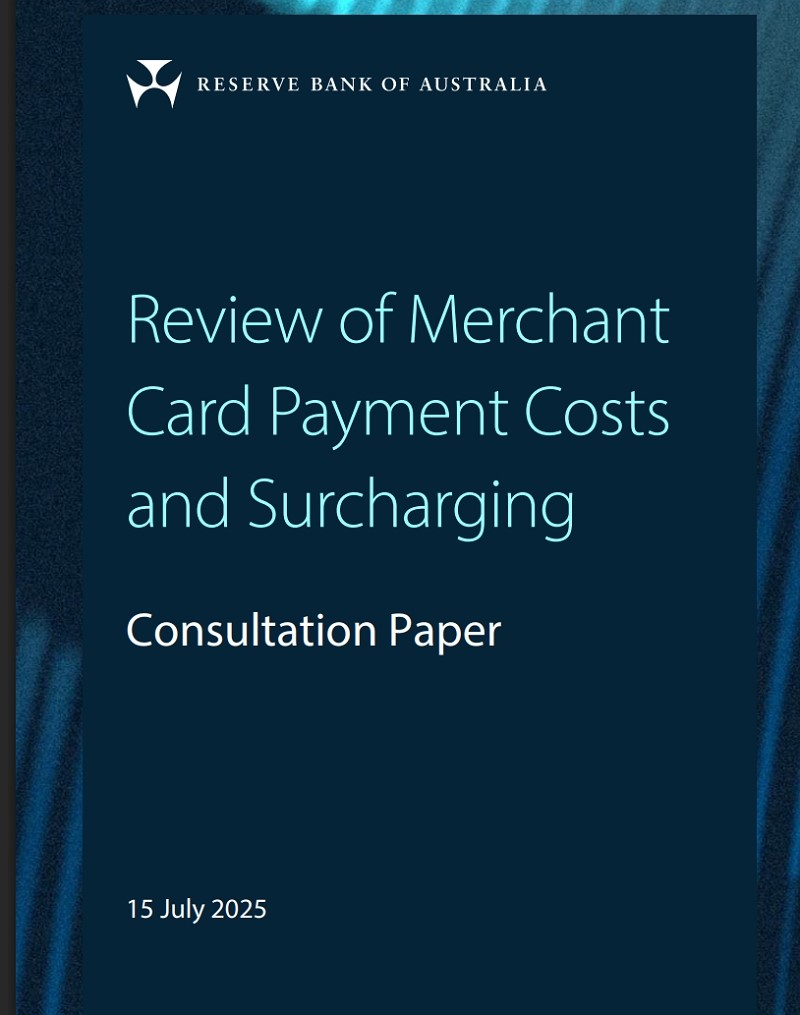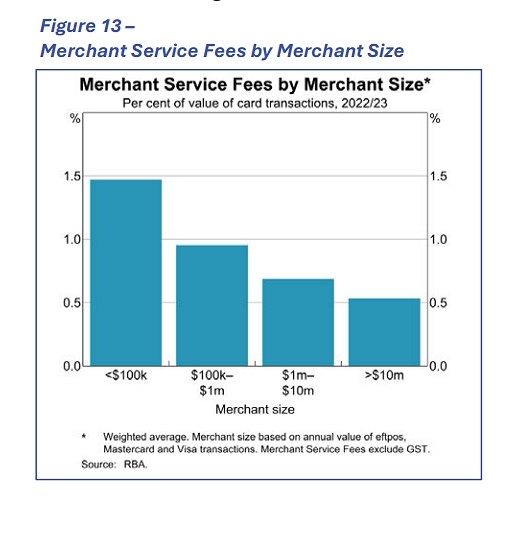Unlock AI for advertising for Retail Business
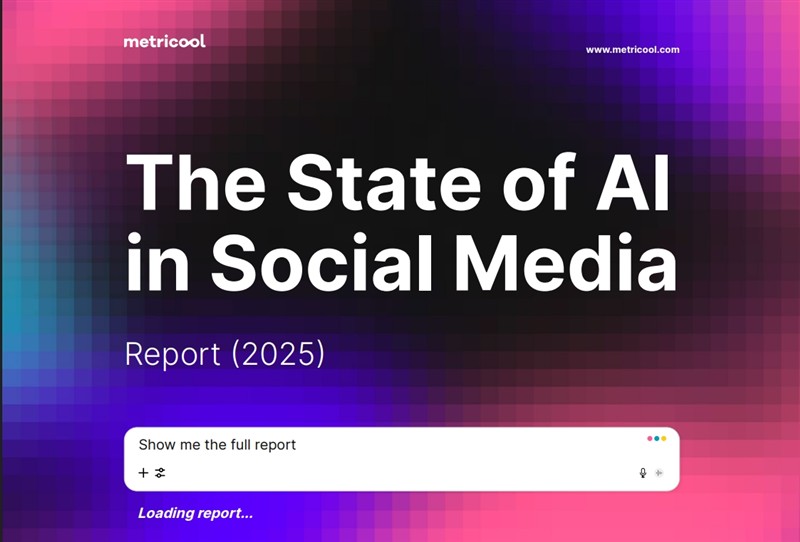
Now people are looking at using Artificial Intelligence (AI) to improve their business. We have seen firsthand here how such AI tools can be used. I was reading a recent survey of social media (advertisers) managers by Metricool here, and I immediately saw another use of how these AI tools can be used.
Survey Insights on AI Usage
Metricool did a deep analysis, and what struck me was just how many of these people 96% were using AI to create advertisements. 72.6% doing so daily. Interestingly, half of them rely on free versions of tools such as ChatGPT, Google Gemini, or Perplexity. So what they do is available to any retailer.
The first point that stands out is the efficiency gain. Nearly 79% of respondents say AI saves them significant time. Another 77.9% value AI most for generating ideas to promote products, followed by 72.5% who use it for writing content. When it comes to quality, the survey shows promising results. Of those who compared AI-generated material to traditional content, 59% found it on par, 33% deemed it better, and only 8% said it was worse. As professionals in marketing, our standards are high, so imagine how this could elevate our efforts, as we are not professional copywriters. For SMB businesses, this means producing tailored ads quickly, without outsourcing or spending hours.
Real-World Retail Example: Father's Day Campaign
Let's explore how this plays out for SMB retailers. Say you're preparing for Father's Day. You could prompt an AI tool just as I did here. Note, I use Perplexity, which we offered our readers here at a significantly discounted rate a while ago. It has a space set up for a fictional newsagency.
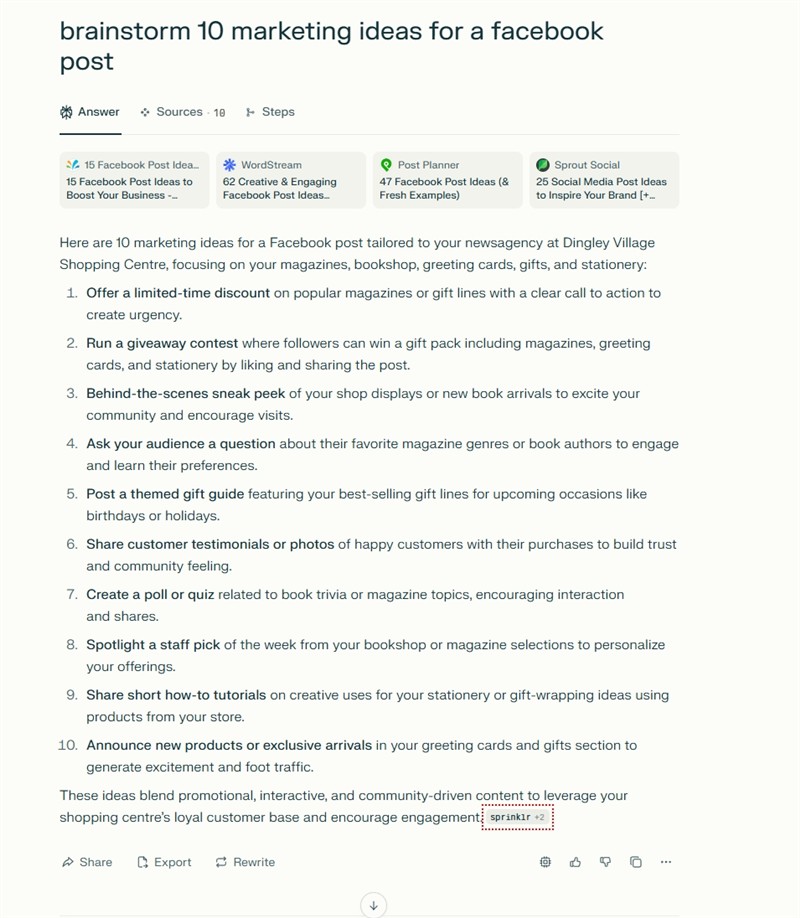
I liked the last idea, so I asked the AI to write a Facebook post.
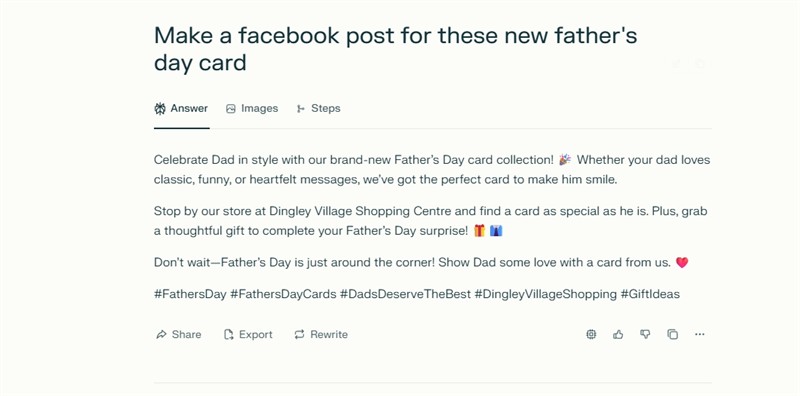
Now I did like it but thought maybe I should ask for a few other ideas so I asked
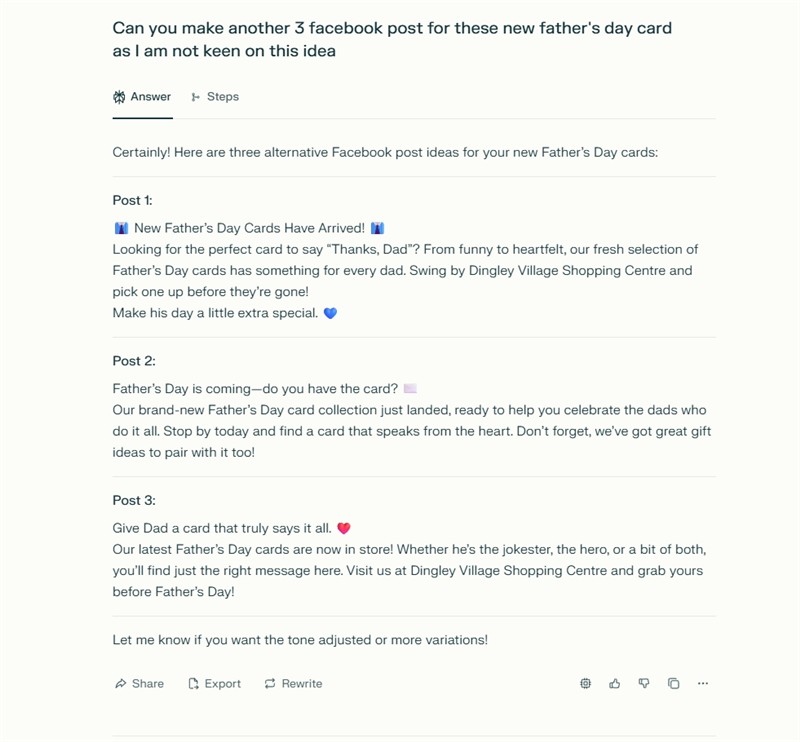
I did like the post 1 idea the best, but it was a bit short so I went
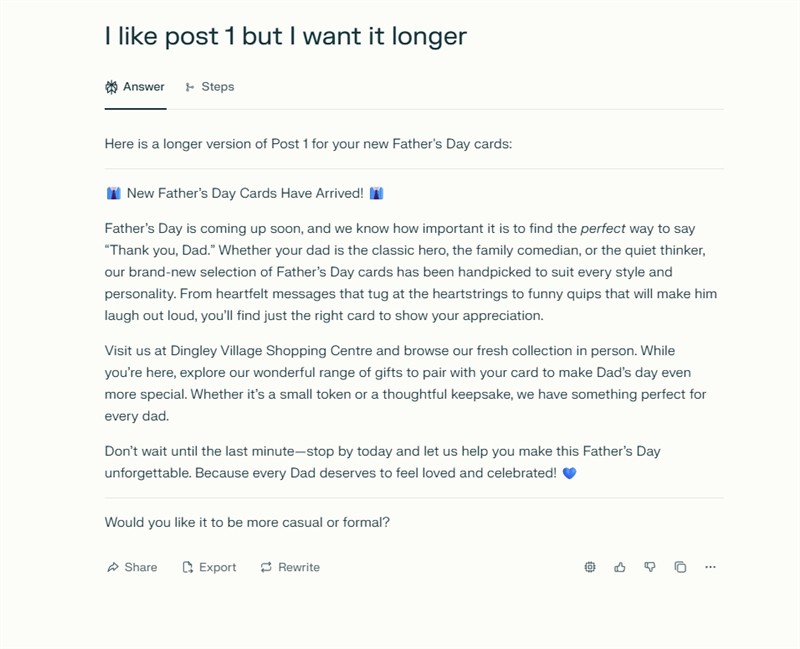
This all took under a minute to generate. If I was to post it to Facebook, I would add a quick photo from my your mobile and then I would have a decent Facebook post advertising my shop.
Practical Tips for Getting Started
Start simple
Choose a free AI tool, I like Perplexity, but Google Gemini or ChatGPT, all are also excellent.
Now experiment, like using your POS System reports to find your top ten selling products. Now ask AI to generate a Facebook post for the shop to market one of these products.
Edit your Facebook post
I find it good to ask for a few different ideas, and feel free to contribute.
Post your Facebook post
Remember to add a photo.
Monitor results.
Track your results.
Looking Ahead: Empower Your Business
Embracing AI in advertising helps SMB retailers to compete.
Written by:

Bernard Zimmermann is the founding director of POS Solutions, a leading point-of-sale system company with 45 years of industry experience, now retired and seeking new opportunities. He consults with various organisations, from small businesses to large retailers and government institutions. Bernard is passionate about helping companies optimise their operations through innovative POS technology and enabling seamless customer experiences through effective software solutions.


